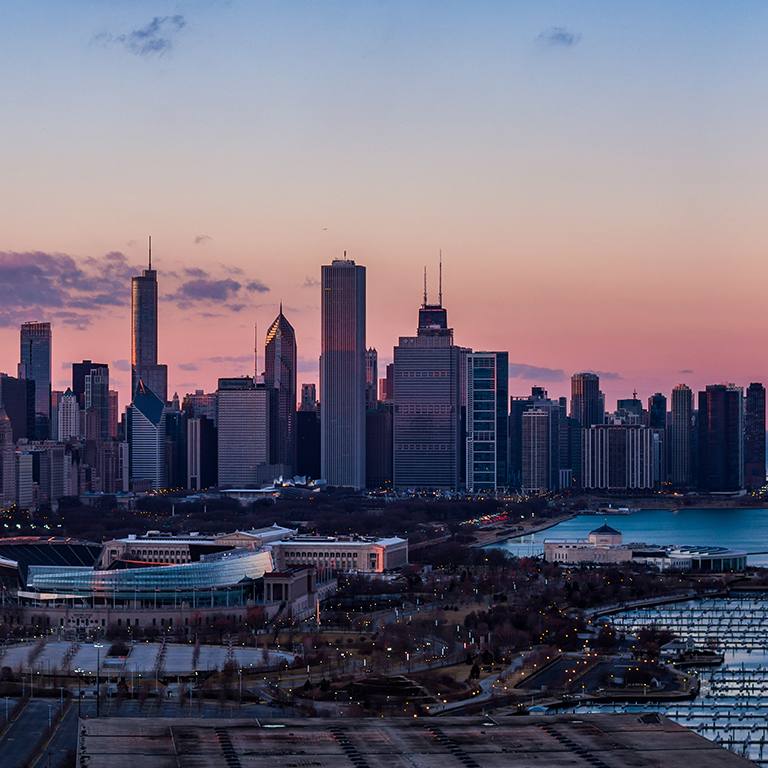The film and television industry faces traditional risks such as employee safety on set and property damage, but also newer risks related to the conduct of executives and contract disputes over distribution of content online.
While each film and television company and project carries its own specific risks and insurance needs, some common risks and coverage options include:
- Cast coverage: If an essential artist or crew member becomes sick, gets injured, or dies, your production may incur extra expenses, including for completing principal photography or even abandoning the project. Cast coverage is designed to indemnify you against such extra expenses.
- Disgrace coverage: An extension of cast coverage, disgrace coverage can protect your bottom line should an essential artist engage in activity that reflects unfavorably upon the production, rendering it commercially unviable with respect to unaired content.
- Civil authority: If you are filming in the US or Canada and a government authority revokes your permission to use or prohibits access to your location, the related extra expenses can add up quickly. Civil authority coverage can provide reimbursement for extra expenses incurred from the interruption, postponement, or cancellation of your project due to the government authority’s action.
- Miscellaneous equipment: Equipment can be damaged in a variety of ways. In the event a camera, camera equipment, sound and lighting equipment, or grip equipment is physically damaged, miscellaneous equipment coverage can cover the cost to repair or replace the damaged piece of equipment that you own or are legally liable for.
- Extra expense: If your property or a facility you are using is damaged while filming and causes you to postpone or cancel your project, extra expense coverage can cover the expenses incurred related to the damage.
- Errors and omissions (E&O): When entering into a contract with a distributor prior to the release of your content, the distributor will typically require you to purchase an E&O policy. E&O protects against the legal liability associated with claims arising from alleged unauthorized use of characters, titles, ideas, and format. It also protects against alleged libel, defamation of character, slander, and invasion of privacy. Your defense costs typically are included within this coverage.



